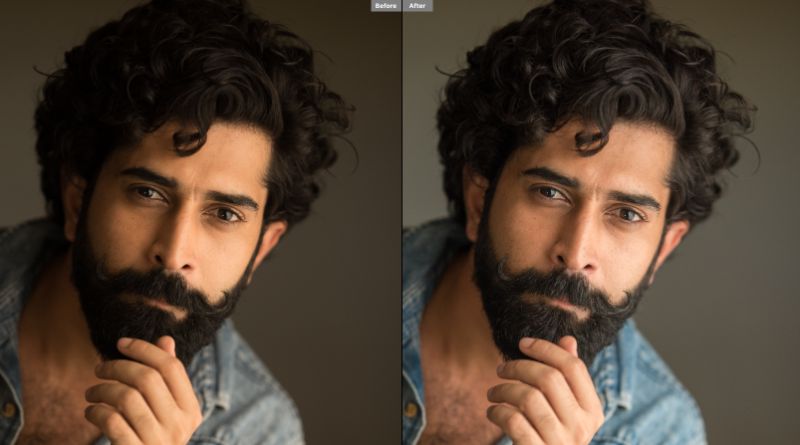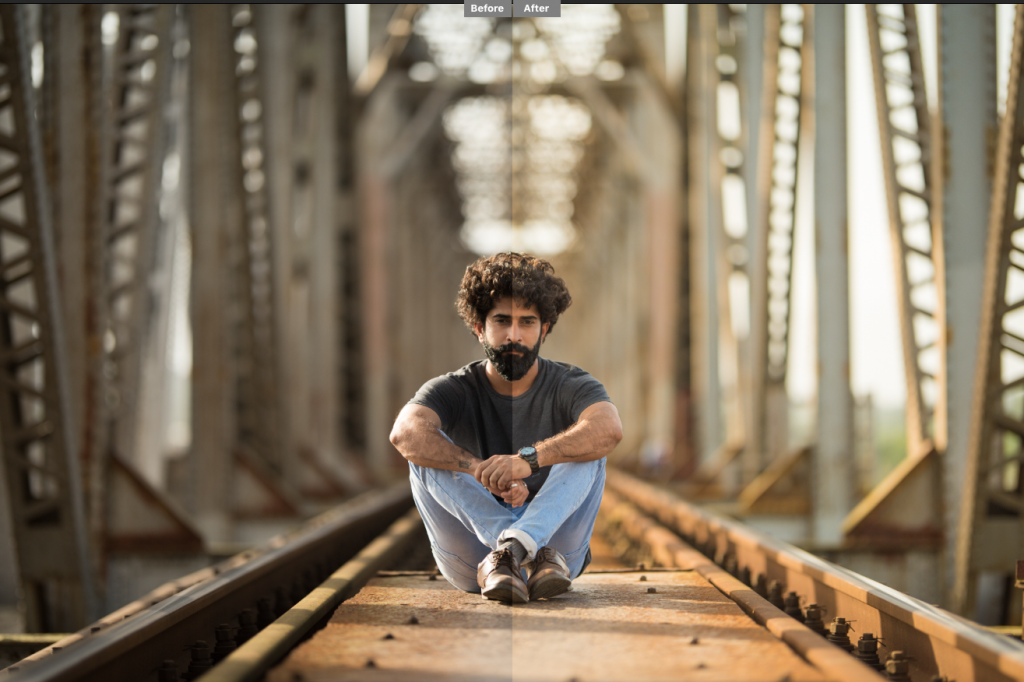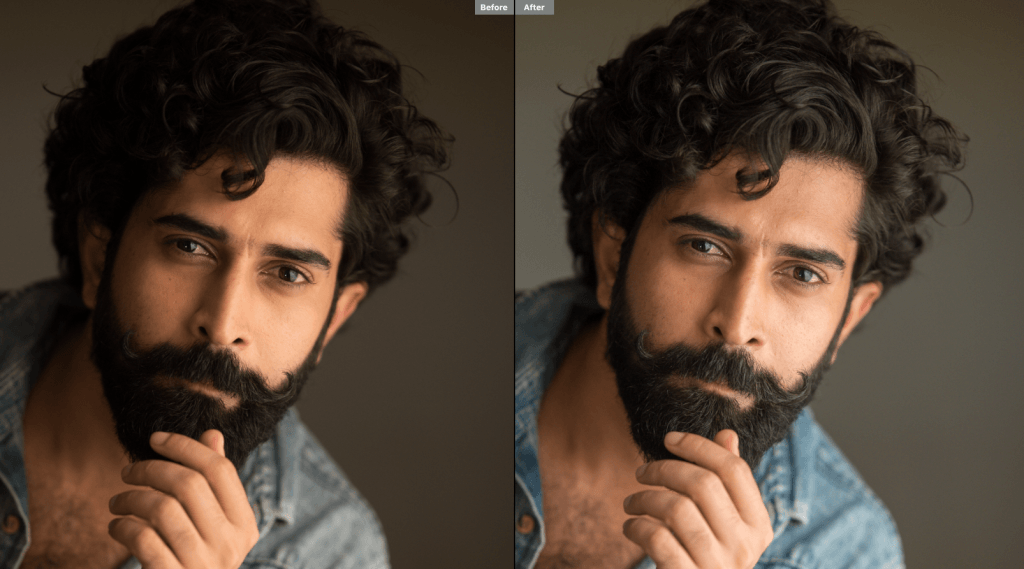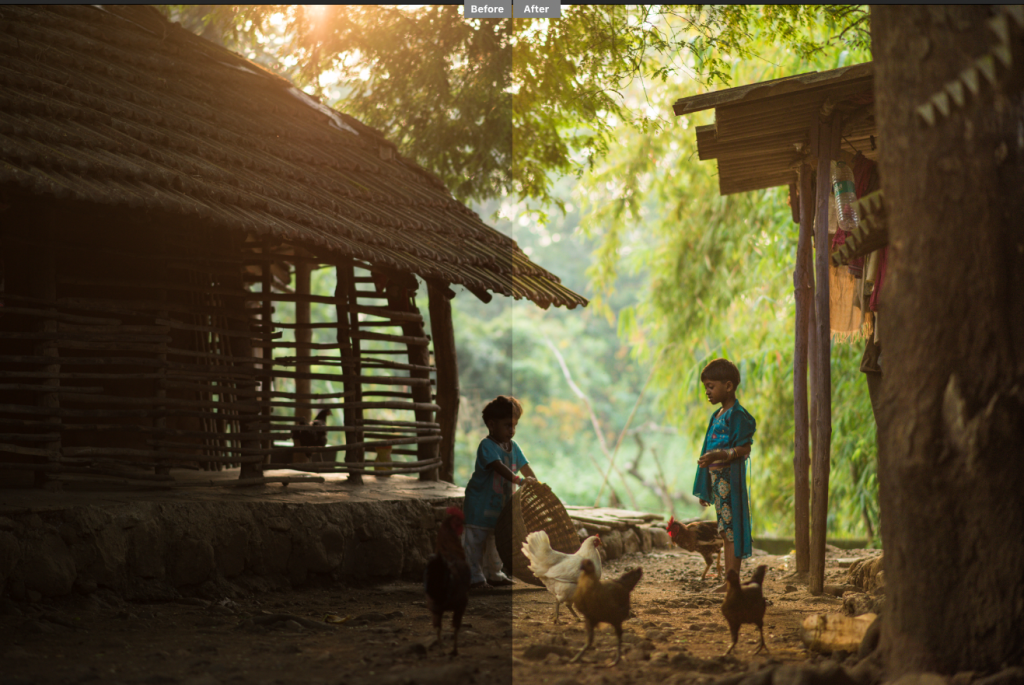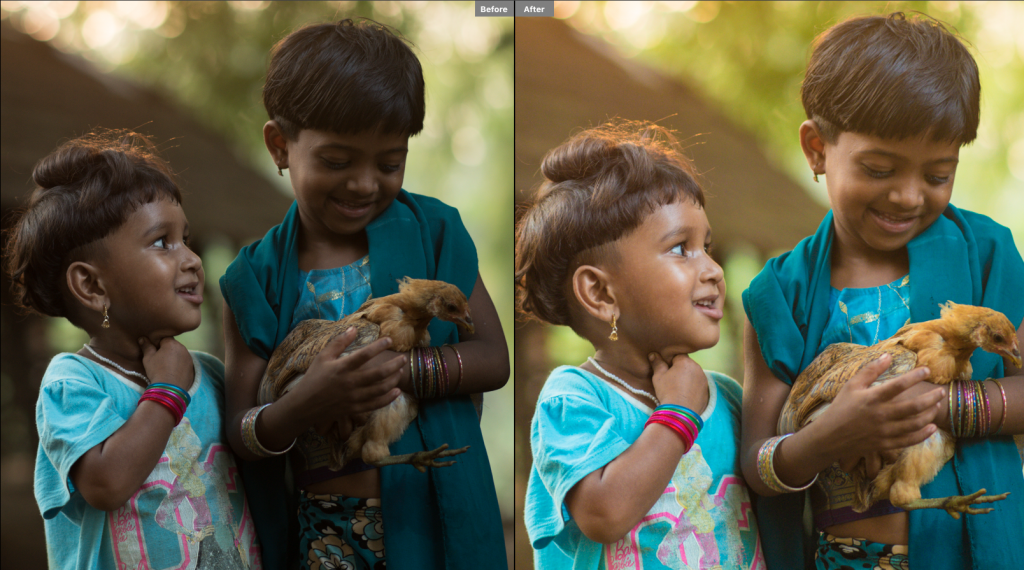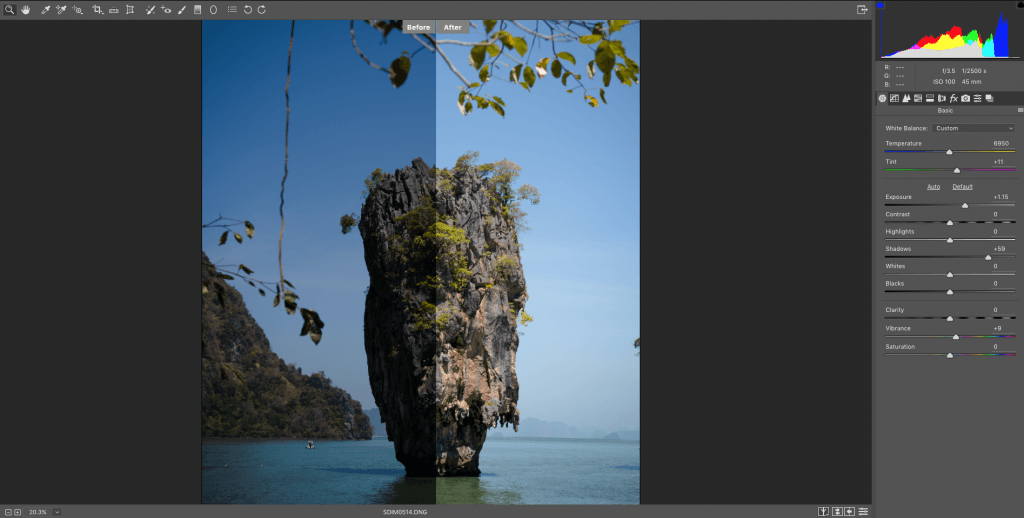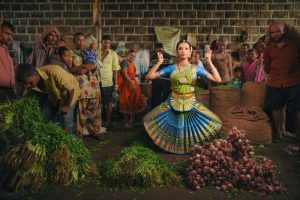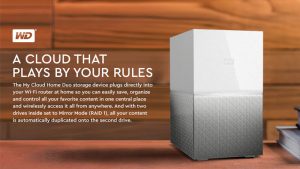Hello folks, a very good afternoon !
I have chosen to write about the topic which many look curious about when it comes to digital photography. People have been asking me about few of my landscape shots, where the exposure of sky and the land has been perfect inspite of lighting conditions being contrasty. Now you will know about how I get my exposure right in these situations. This writeup is basically for the beginners who struggle with exposing their images perfectly in many tough lighting conditions. Understanding the following information would surely help you make some good, perfectly exposed images from your camera.
What is ‘RAW’ format option in your Camera ?
Have you wondered about what is ‘RAW’ format option in your camera ? I am sure, many amateurs and wanna be photographers are curious about this. Let me tell you that the RAW is the best image format that your camera can store a picture of. Most good cameras these days have an option to save your pictures as RAW files, either instead of or as well as a JPEG file. A RAW file contains, as you would expect, the RAW (unprocessed) data straight from the camera’s sensor, whereas a JPEG file is a compressed file. The RAW information from the sensor, instead of being saved straight to a file, is processed and compressed by the camera’s software and saved as a JPEG file.
The advantage of a RAW file is that it contains a lot more information, rather like a negative in the old film days that can be used in creative ways to produce just the picture you want. The disadvantages of working in RAW is that the files are a lot bigger than their JPEG equivalent and so they take up more storage space, also there is extra work to do before you get your picture. However, for any serious photographer, the resulting increase in quality is well worth the extra effort.Like a photographic negative, a raw digital image may have a wider dynamic range or color gamut than the eventual final image format, and it preserves most of the information of the captured image. The purpose of raw image formats is to save, with minimum loss of information, data obtained from the sensor, and the conditions surrounding the capturing of the image. So, you be sure to shoot in RAW because I am sure, you want your images to be detail packed !
How to Process a RAW ?
Most Camera manufacturers will provide special software to read and convert raw files.This is in effect using your computer to do the calculations that the camera would have done if you’d saved in JPEG. Things such as sharpening, color settings and contrast all take place during the conversion.
But, I personally prefer using – Adobe Lightroom, which is most widely used Raw Image processing software today.Adobe Lightroom is not just a processing application for raw files, it is also a library for storing, retrieving and searching for images. I have thousands of raw files on my computer and Lightroom has catalogued them all in the library for instant display. Images can be filed by title,date metadata and so on.
Below are some before and after of some raw images that I shot in Hampi, treated in Adobe Lightroom. These reference images are selected scenes with very contrast lighting conditions, where exposing everything in the picture is impossible because, a single jpeg image can’t see the dynamic depth which an human eye can. I have managed to retain highlight/shadows and balancing the over all exposure while processing a Raw image.
Benefits of shooting RAW
– Get the Highest Level of Quality. This is one of the biggest benefits. When you shoot in RAW you record all of the data from the sensor. This gives the highest quality files. And when it comes to your awesome images, you want high quality.
– Raw records a greater levels of brightness which are the number of steps from black to white in an image. The more you have, the smoother the transitions of tones. Smooth is good.JPEG records 256 levels of brightness, and RAW records between 4,096 to 16,384 levels! This is described with the term “bit”. JPEG captures in 8bit, andRAW is either 12bit or 14bit.
-Easily Correct Dramatically Over/Under Exposed Images, Resizing Images White Balance, Color Space, Details, Chromatic aberration, Lens Defect Corrections, and Good Print Quality.
Drawbacks of shooting RAW
-Camera raw file size is typically 2–6 times larger than JPEG file size and that’s how you need to invest into pretty storage devices which is must for a pro-photographer.
-Burst mode shooting tends to be slower and shorter due to the larger file size.
I hope, this write-up would definitely help you guys for making your images look dynamically rich, perfectly exposed and look like those of professionals and that is why shooting Raw is must !
So, Keep Calm and Shoot RAW !
